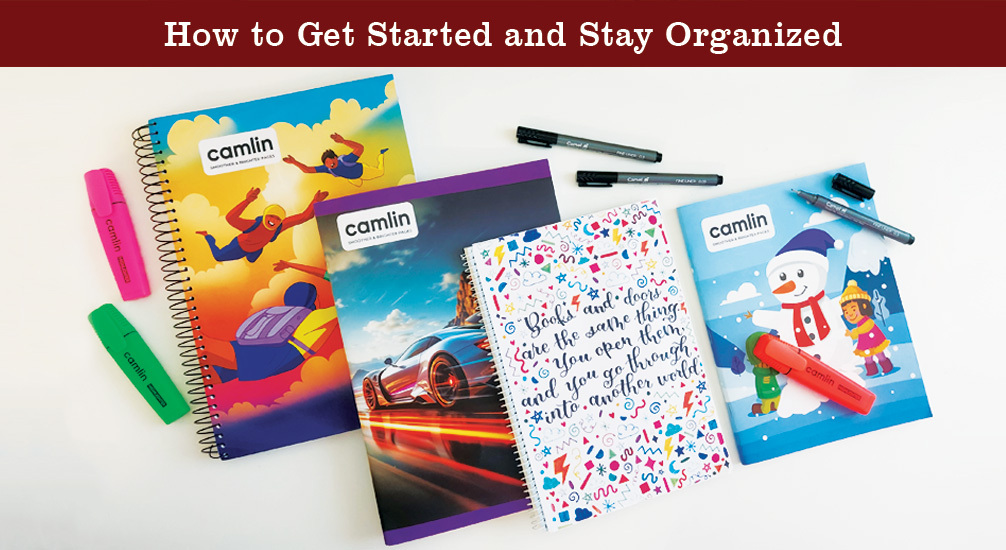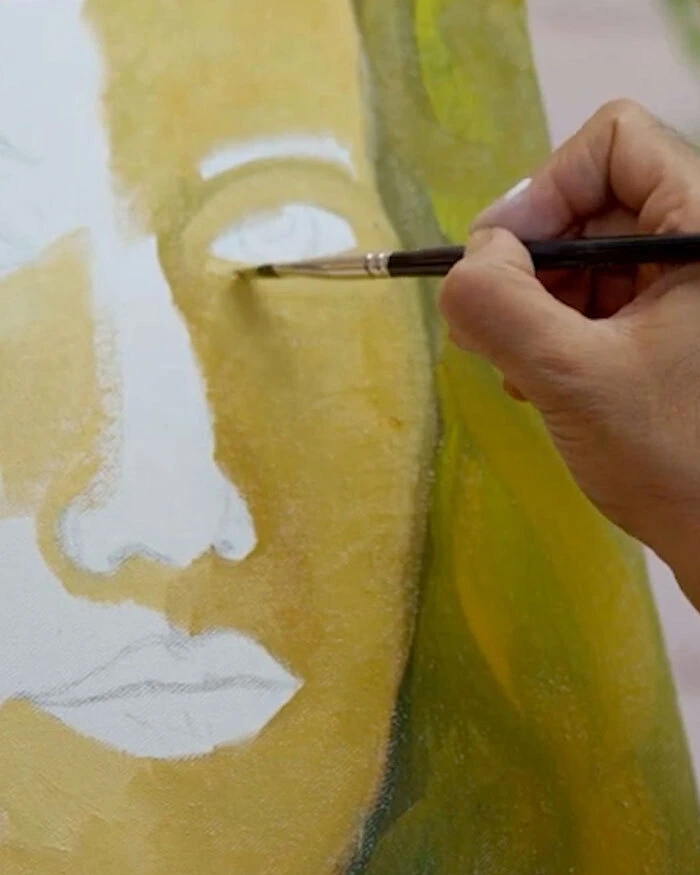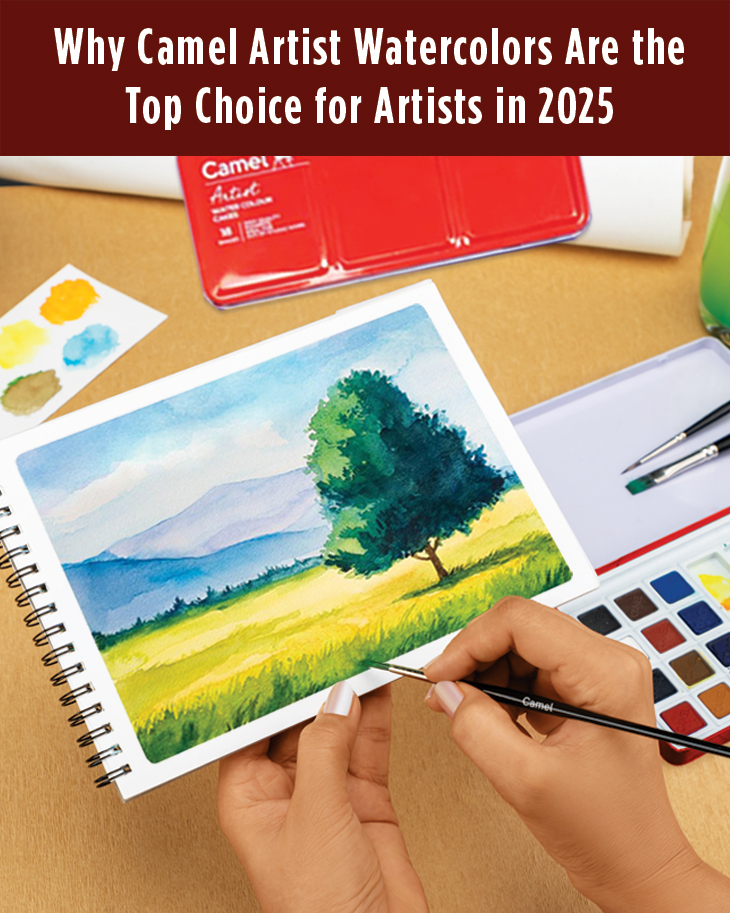Journaling is not only a way to jot down your thoughts – it’s a powerful tool for organisation, creativity, and mindfulness. Whether it’s streamlining your to-do lists, using it as a creative or mental outlet, or simply boosting your mental clarity, journal writing can be life-changing and make your life easier by leaps and bounds.
Getting started is surprisingly simple. All you need is a writing pad and a pen. Want to make it more fun? There are plenty of tools you can explore (keep reading to find out!). In this guide, we'll walk through the essentials to help you embark on your journaling journey and how Camlin writing tools can help you along the way.
Getting Started With The Right Tools
The basics of journaling are simple – a writing tool and a writing pad. But if you’re looking to elevate your experience with colour-coding, highlighting, or adding creative flair, Camlin has a wide range of tools to help. Let’s take a look at them one by one:
- Notebooks: Begin with a quality notebook. If you're just getting started, it's best to begin small. An A5 notebook can accomplish the same task just as well. Camlin’s Notebook Collection for students and the Long Books Collection are excellent choices. Made with high-quality 57-GSM paper, these notebooks are known for their strong binding (both spiral and pin) and are available in various sizes. Their pages are designed to lie flat, making writing more comfortable.
- Writing Tools: The next step is to find a pen to write with. A regular gel or ballpoint pen would work, but journal writing is not a task to be finished off your to-do list – it should be a mindful practice that you look forward to every day. Keep a separate pen for journal writing. We would recommend a fountain pen, as it makes writing easier and smoother. Plus, buying a fountain pen that uses refills is cost-effective and eco-friendly!
If you are someone who likes to colour-code things (like a tracker, for example), you can use highlighters. Camlin Highlighters are great for quick revisions, marking important notes, or adding a splash of colour for visual appeal.
Tips on Journal Writing
- Start Simple: Journaling does not have to be complicated. Start with simple layouts at first. You can experiment with minimalist daily thought trackers, habit trackers, mood logs, goal-setting pages, or gratitude lists.
- Consistency is Key: Set aside just 10 minutes each morning or evening to update your journal. Keep the process enjoyable – focus on expressing yourself rather than achieving perfection. Your journal is for you, after all.
- Make it Uniquely Yours: As you progress in your journaling journey, feel free to personalise your pages to suit your evolving needs. If a layout doesn’t feel right, don’t hesitate to change it up. Your journal should evolve with your needs. Experiment with different styles until you find what feels most natural.
- Personalise Your Pages: Personal touches can motivate you to keep up with your journaling habit and make it more enjoyable. Use stickers or doodles to make your journal visually appealing.
Conclusion
Journaling is as much about the process as it is about the product. Starting your journaling journey is a rewarding process that fosters organisation, creativity, and mindfulness. With the right tools and a bit of patience, you'll soon discover that your journal becomes an indispensable companion to navigating your daily life with clarity and style.
Remember to revisit your entries and celebrate your progress along the way; it’s a great way to stay motivated. And when you’re ready to begin, Camlin notebooks and writing tools are here to help you get started. Take a look today!
Did this article help you learn something new?
Share your thoughts with us in the comments below.
Leave a comment

Comment added
Comment updated
Comment deleted
More inspiration
“
“An artist cannot fail; it is a success to be one.”






